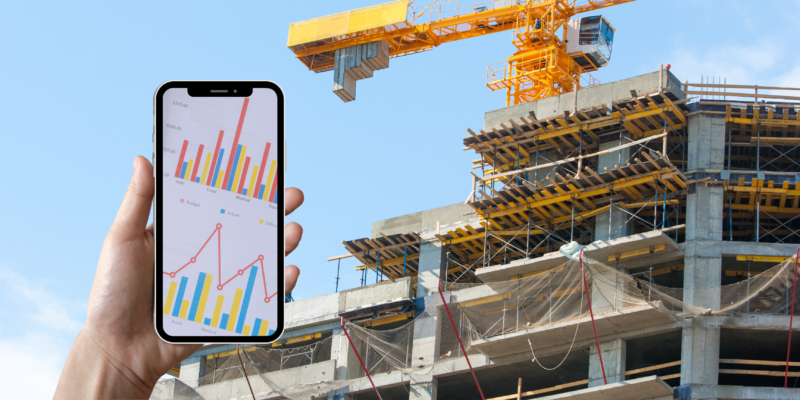If you know anything about us here at Steadfast, you know that we are dedicated to sustainability. That’s why we were excited to see that just last month, Texas-based construction company Fluor partnered with Longview Fusion Energy Systems to begin building a laser fusion energy plant.
What is laser fusion?
Laser fusion, also known as inertial confinement fusion, is a promising technology that could potentially revolutionize the way we generate electricity. In this process, immense amounts of energy are released by fusing atomic nuclei together, a process similar to what powers the sun. If we can harness this process, we can potentially have a source of energy that is clean, abundant, and sustainable.
The basic principle behind laser fusion is to compress a small target containing deuterium and tritium, two isotopes of hydrogen, to an extremely high density and temperature, which causes the nuclei of the isotopes to collide and fuse. The energy released in this process is then harnessed to generate electricity.
What are we waiting for?
The challenge with laser fusion is achieving a condition called ignition, which is the point at which the energy released by the fusion reaction exceeds the energy input required to initiate the reaction. This would allow the reaction to become a self-sustaining, continuous release of energy.
While scientists have been working on laser fusion for several decades, there are still significant technical challenges they need to overcome. One of the biggest challenges is achieving the required compression and heating of the fuel in a consistent and controlled way. This requires precise control over the laser beams and the target, as well as advanced diagnostic tools to monitor the process.
Despite these challenges, there has been significant progress in recent years, with several large-scale laser facilities around the world demonstrating significant advances in laser fusion. The National Ignition Facility (NIF) in the United States, for example, has achieved record-breaking levels of fusion energy output, although ignition has not yet been achieved.
The possibilities are endless.
If laser fusion can be made to work at scale, it could have significant implications for our energy future. Unlike conventional nuclear power plants, which produce radioactive waste that remains dangerous for thousands of years, laser fusion would produce very small amounts of radioactive waste, which would decay to safe levels within a few decades. Additionally, laser fusion would not emit greenhouse gasses, making it a clean source of energy.
Laser fusion could power our homes, businesses, and even transportation. If we can overcome the technical challenges and make laser fusion a viable technology, we could have a source of energy that is virtually unlimited, clean, and sustainable. We’re excited to see if Longview Fusion Energy Systems and Fluor will be able to come one step closer to making laser fusion an accessible source of energy.
If you’re also interested in sustainability, consider visiting Steadfast, LLC before your next project. We take great pride in green construction, which means using resource-efficient and environmentally responsible practices and equipment. Let’s connect and get you going green!










